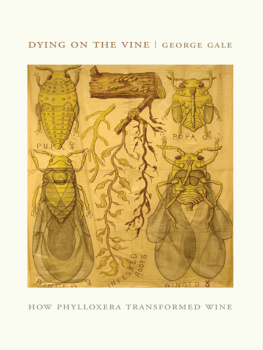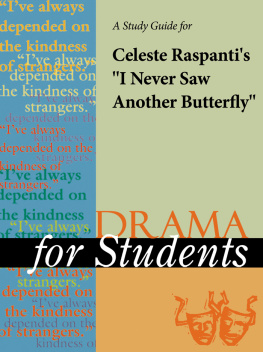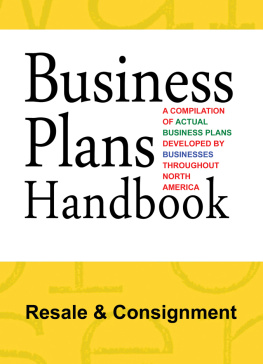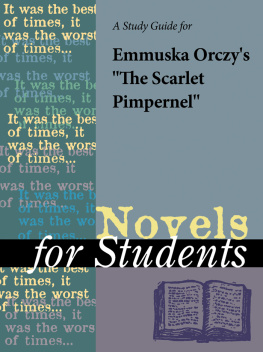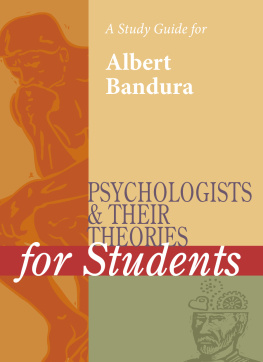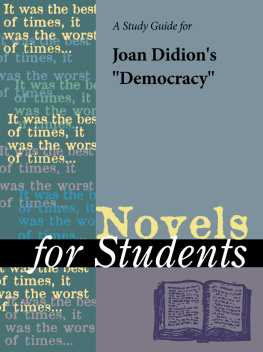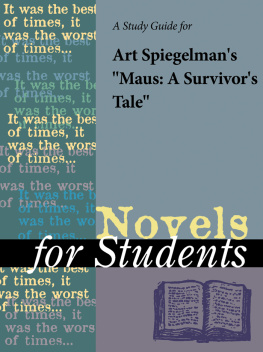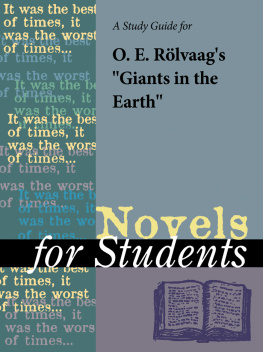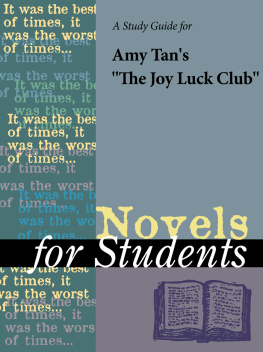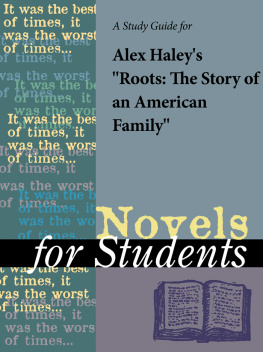TABLE OF CONTENTS
Guide
Novels for Students, Volume 21
Project Editors: Ira Mark Milne and Timothy Sisler
Editorial: Anne Marie Hacht
Rights Acquisition and Management: Margaret Abendroth, Margaret Chamberlain-Gaston, Edna Hedblad
Manufacturing: Drew Kalasky
Imaging: Leitha Etheridge-Sims, Lezlie Light, Mike Logusz
Product Design: Pamela A. E. Galbreath
Product Manager: Meggin Condino
2005 Gale, a part of the Cengage Learning Inc.
Cengage and Burst Logo are trademarks and Gale is a registered trademark used herein under license.
For more information, contact
Gale, an imprint of Cengage Learning
27500 Drake Rd.
Farmington Hills, MI 48331-3535
Or you can visit our Internet site at http://www.gale.com
ALL RIGHTS RESERVED
No part of this work covered by the copyright hereon may be reproduced or used in any form or by any meansgraphic, electronic, or mechanical, including photocopying, recording, taping, Web distribution, or information storage retrieval systemswithout the written permission of the publisher.
For permission to use material from this product, submit your request via Web at http://www.gale-edit.com/permissions, or you may download our Permissions Request form and submit your request by fax or mail to:
Permissions Department
Gale, an imprint of Cengage Learning
27500 Drake Rd.
Farmington Hills, MI 48331-3535
Permissions Hotline:
248-699-8006 or 800-877-4253, ext. 8006
Fax: 248-699-8074 or 800-762-4058
Since this page cannot legibly accommodate all copyright notices, the acknowledgments constitute an extension of the copyright notice.
While every effort has been made to ensure the reliability of the information presented in this publication, Gale, an imprint of Cengage Learning does not guarantee the accuracy of the data contained herein. Gale, an imprint of Cengage Learning accepts no payment for listing; and inclusion in the publication of any organization, agency, institution, publication, service, or individual does not imply endorsement of the editors or publisher. Errors brought to the attention of the publisher and verified to the satisfaction of the publisher will be corrected in future editions.
ISBN 0-7876-6944-X
ISSN 1094-3552
Printed in the United States of America
10 9 8 7 6 5 4 3 2 1
Parable of the Sower
Octavia Butler
1993
Introduction
Parable of the Sower (New York, 1993) by Octavia Butler is set in California and covers a period of three years, from 2024 to 2027. It is a grim near-future novel that exaggerates trends in American life that were apparent in the late 1980s and early 1990s, such as fear of crime, the rise of gated communities, illiteracy, designer drugs and drug addiction, and a growing gap between rich and poor. Climate changes brought about by global warming are also central to the novel.
The protagonist is Lauren Olamina, an African American girl who is fifteen years old when the novel begins. She lives in Robledo, about twenty miles from Los Angeles, which has become a walled enclave only partially protected from the rampant lawlessness and desperate poverty that exists beyond the walls of the neighborhood. When the enclave is completely destroyed by bands of arsonists and thieves, Lauren is one of the few survivors. She heads north, on foot, with a couple of companions in a perilous search for a better life.
Butler's disturbing dystopia, written in the form of Lauren's diary entries, is at once an adventure story, a coming-of-age story, and a thought-provoking exploration of some negative trends in American society that have become more pronounced in the decade that has elapsed since the novel was written.
Author Biography
Octavia Estelle Butler was born in Pasadena, California, on June 22, 1947, the daughter of Laurice and Octavia Margaret (Guy) Butler. Her father died when she was a baby, and her mother supported the family by working as a maid. Butler loved reading science fiction stories as a child, and she soon started writing them herself. At the age of thirteen she was submitting her own stories to magazines.
Butler attended Pasadena City College, and while a student there she was awarded fifth prize in the Writer's Digest Short Story Contest. She received an Associate of Arts degree in 1968 and went on to attend California State University, Los Angeles, in 1969, and the University of California, Los Angeles.
In 1969, Butler entered the Open Door Program of the Screen Writers' Guild, where one of her tutors was Harlan Ellison. At Ellison's suggestion she enrolled in the Clarion Science Fiction Writers' Workshop, held in Pennsylvania. As a result of taking the workshop, she sold two short stories. Deciding she wanted to be a writer, she supported herself with low-paying jobs such as dishwashing and cleaning, while continuing to write, often getting up at three o'clock in the morning to do so. When she was laid off from a telephone sales job in 1974, she decided to use the time to write her first novel, the science fiction tale Patternmaster, which she completed in less than a year and sold to Doubleday. Patternmaster was published in 1976 and was quickly followed by three more novels in the Patternmaster series: Mind of My Mind (1977), Survivor (1978), and Wild Seed (1980). In between, Butler published Kindred (1979), a mainstream novel focusing on African American history.
In 1984, St. Martin's published Clay's Ark, a fifth volume in the Patternmaster series. In that year she also won the Hugo Award, for her short story "Speech Sounds," and in 1985 she won the three most prestigious science fiction awards for her novelette Bloodchild (1985): the Hugo Award, the Nebula Award, and the Locus Award. After this, Butler turned her attention to the science fiction trilogy, Xenogenesis, which was published by Warner Books. The three novels were Dawn: Xenogenesis (1987), Adulthood Rites (1988), and Imago (1989).
Butler then hit a barren spell. She knew she wanted to write about a woman who wanted to start a new religion, but she could not produce a manuscript that satisfied her. Eventually the ideas flowed smoothly, and the result was Parable of the Sower (1993).
Butler received a MacArthur fellowship in 1995. In 1998, her novel Parable of the Talents, which she described as a continuation of Parable of the Sower, was published by Seven Stories Press and republished by Warner in 2000. The novel won the Nebula Award for best novel, 1999. Also in 2000, the three novels in the Xenogenesis were collected under the title of Lilith's Brood and published by Warner Books.
Plot Summary
Chapters 13
Parable of the Sower begins in July 2024, in Robledo, in southern California. It is Lauren Olamina's fifteenth birthday. California has changed drastically over the past three decades. Water is scarce and expensive, there are few jobs, and climate changes have produced massive rains followed by years of drought. Lauren lives in a neighborhood that is walled off for protection from the homeless people, drug addicts, vandals, arsonists, and thieves who roam the unwalled residential areas. Lauren's father is a Baptist minister, and Lauren goes to church to be baptized, even though she no longer believes in the Christian God. The church is outside the wall, and the family goes armed. Many of the houses are burnt out and have been looted, and homeless families wander the streets. Lauren feels their pain because she suffers from "hyperempathy syndrome," also called "sharing."



